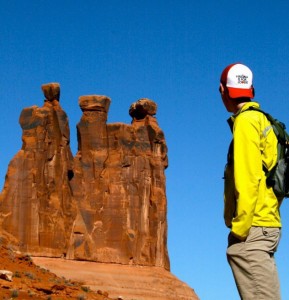Liza and I have been busy creating, distributing, collecting, and analyzing surveys for the past few weeks. Our mail back surveys ended up being 40 questions long (we like to think it's a fun 40 questions), and take about 15 minutes. We hand delivered about 90 surveys to homes around Mirror Lake, on Mirror Lake Road, and up and down Rt 3. While the responses have been coming in slowly, it has been fun to see local opinions about the lake and how people value it. We have also been going to the beach at Mirror Lake to do a shorter survey with people using the area. We have spent the past three days interviewing people at the beach and are planning on doing a few more days this week since the weather is supposed to be nice.
In addition to hand delivering surveys to homes and doing beach surveys we have tried to take every opportunity to talk to the general public about the Hubbard Brook Research Foundation and our project. We recently visited the ice cream social celebration for the 250th anniversary for the town of Woodstock. We talked to some locals, had some ice cream, and had a great time!
Back to the beach!
Aubrey and Liza








